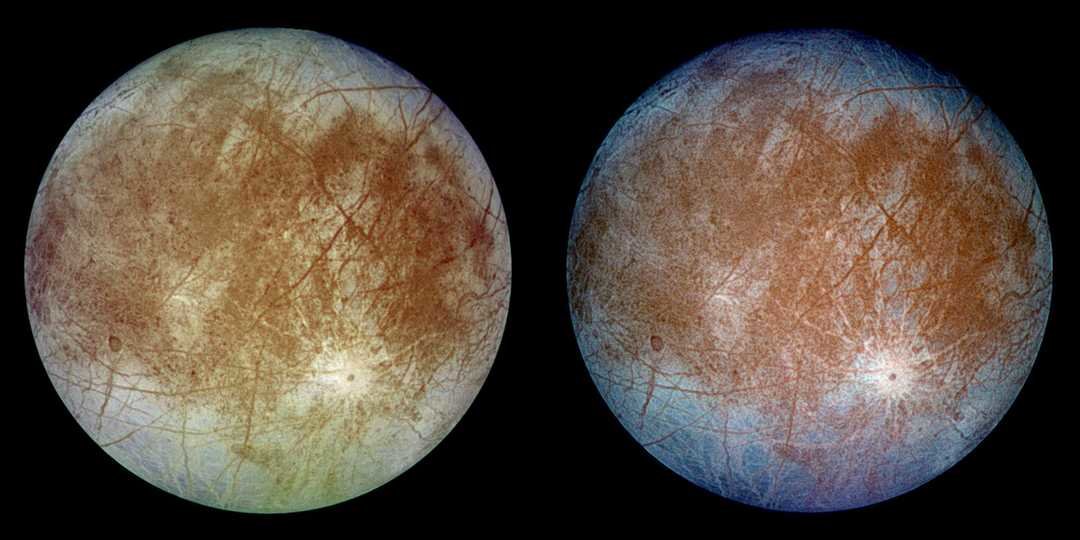The ‘Treacherous Terrain’ of Jupiter’s Moon Europa

As we all might know, Jupiter`s moon is called Europa and was discovered in 1610 by Galileo Galilei. Scientists had even taken in consideration the possibility of holding life on this star due to the suitable environments. This moon is presented as an icy surface, that has a diameter of almost 2,000 miles, a mass about 65 percent of Earth’s Moon and the orbit is equivalent to 3.5 Earth days.
In a recent study, researchers reported a new discovery, 50 feet tall ‘ice spikes’ covering parts of the moon’s surface. Scientists could only take one fast and disappointing conclusion: the presence of these spikes on the surface can put potential future landings in a hard time maybe even making it impossible.
The process of formation is compared to the penitentes from Earth and Pluto and it is speculated to be the same one due to a study. The theory explains how the sun’s rays can be so strong that turns the water directly into vapor, leaving behind sharp formations.
NASA also confirmed the though and the possibility of extraterrestrial life existence on Europa due to the liquid form of water even though is salty. So NASA already planned to launch around 2020 the Europa Clipper mission which would land on Jupiter a few years later and try to find out exactly if a future life on Europa would be supported by the climate and environment.
“If there are plumes on Europa, as we now strongly suspect, with the Europa Clipper we will be ready for them,” said Jim Green, Director of Planetary Science, at NASA Headquarters.
This mission was implemented after scientists went through the files from 1995 when Galileo became the first spacecraft to enter the orbit to another planet.
0 comments